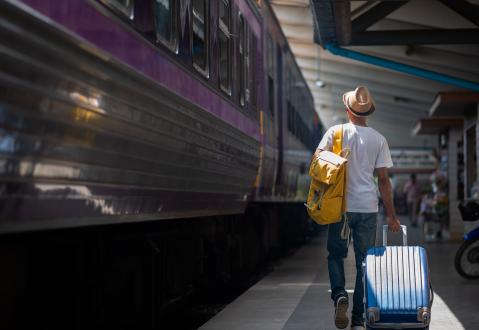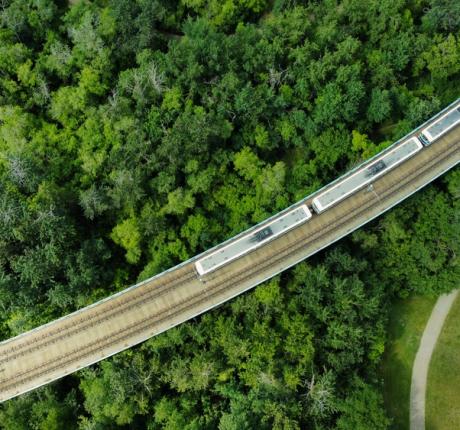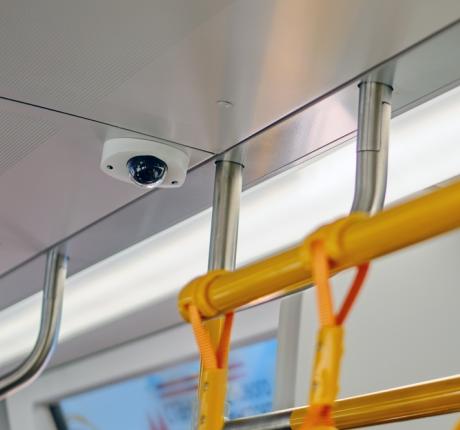
More punctuality with condition-based maintenance
Stay up-to-date! Subscribe to our news today.
Arrival time reliability is for many customers crucial to their train experience. The famed Japanese ‘bullet trains’ are globally recognised for their incredible accuracy of arrival time, for example the Tōkaidō Shinkansen train which transports an average of 452,000 people per day averages a per-train delay of only twenty four seconds. Europe is not quite at that level but Switzerland is the best performer with 89.7% of trains classified as “on time”. At the other end of the scale some countries in the developing world have trains that depart hours or even days late.
Higher reliability with decreasing costs
Various factors impact on train dependability, many outside of general control such as weather events and track incursions but at the core of a train operation and always within the purview of the operator is of course its mechanical and electrical reliability.

In years past the availability of a train and its ability to complete its work was guaranteed by expensive repeated and regular maintenance tasks dictated by either time or distance of operation simply because no alternative options existed – now the world has changed and reliability can be improved while costs can be reduced.
The wholesale shift to Condition Based Maintenance and Predictive Analytics in the rail industry has been one of the most fundamental but often overlooked changes to the long term operation of train fleets in the past ten years.
The use of highly advanced and train compliant bogie mounted sensors able to withstand the harsh rail operating environment combined with real time, full time, on board data analysis has proven to offer train operators an unprecedented ability to understand the operational realities of the entire train, its potential upcoming failure points and the condition of all sub-systems.
Image damage can be expensive
Rail passengers care little for train maintenance, they simply want a reliable service that departs and arrives on time, to travel in comfort with security and cleanliness but the compounded problems of a delayed train are of course of great interest to them. Compensation claims are now commonplace, fines from central government becoming more prolific, damage to public perception and train operating company reputation via the instantaneous effect of social media are all factors that can cause long-term problems and unforeseen costs.
Sensor driven, real time Condition Based Maintenance and Predictive Analytics provide an operator with critical decision supporting data that eliminates the need for estimations and assumptions enabling the timely detection of potential ‘train out of service’ inducing failures.
Just as significantly, a Condition Based Maintenance system ensures all components are used for their entire operational life. New industry estimates, for example regarding wheel bearing wear show massive savings that can be achieved through maximising the life of the bearing and not simply replacing according to a time or distance milestone. Early detection of track anomalies through train mounted sensors prevent subsequent rolling stock damage and enable repair before extensive further degradation.
All subsystems on one dashboard
The key to an efficient and cost effective Condition Based Maintenance solution is the integration of all sub-systems, wheels, brakes, bearings, traction motors, gearboxes, doors, pantograph, HVAC and the collected data presented via a single dashboard for smart, informed decision making ensuring a reliable train and content passengers.



